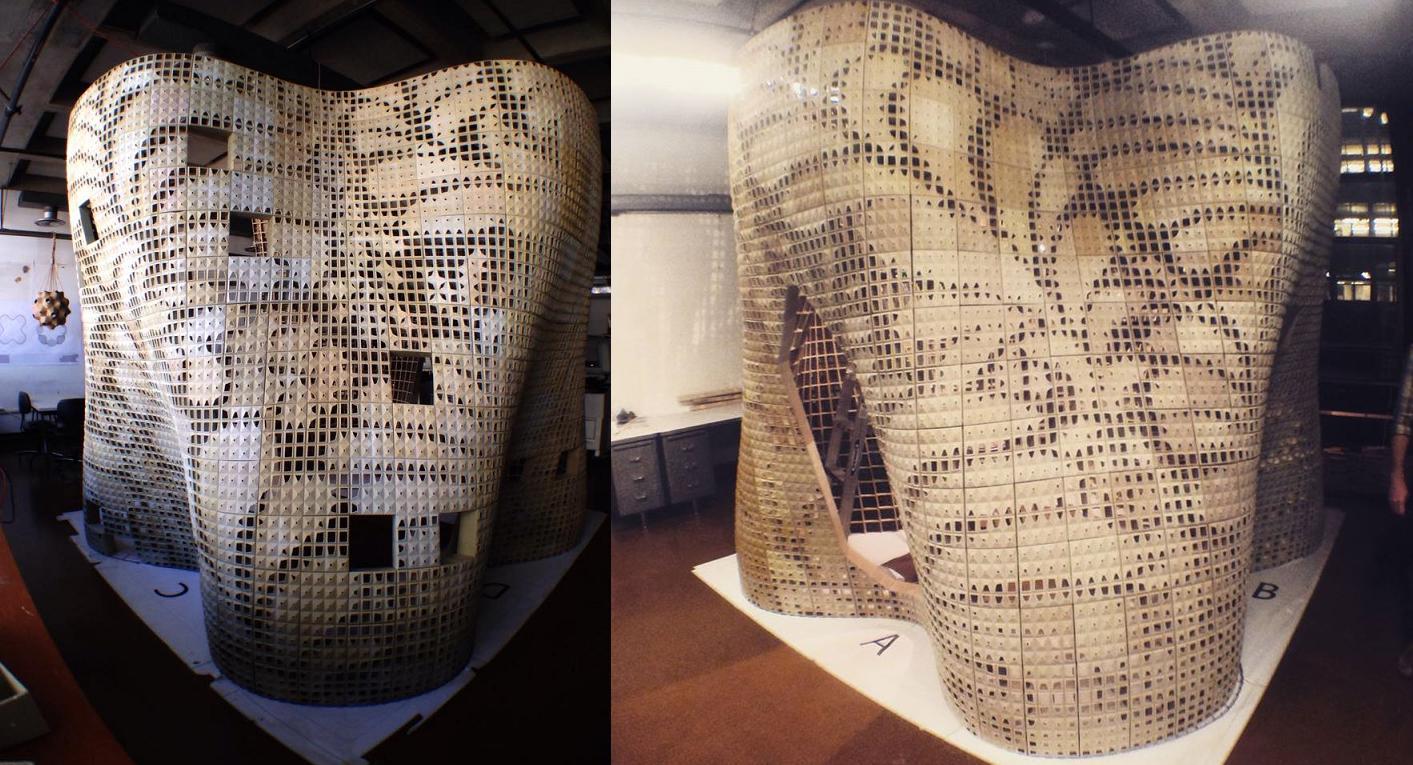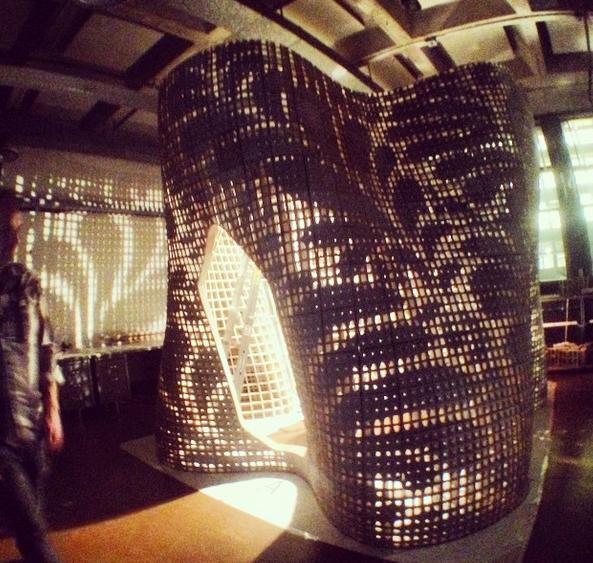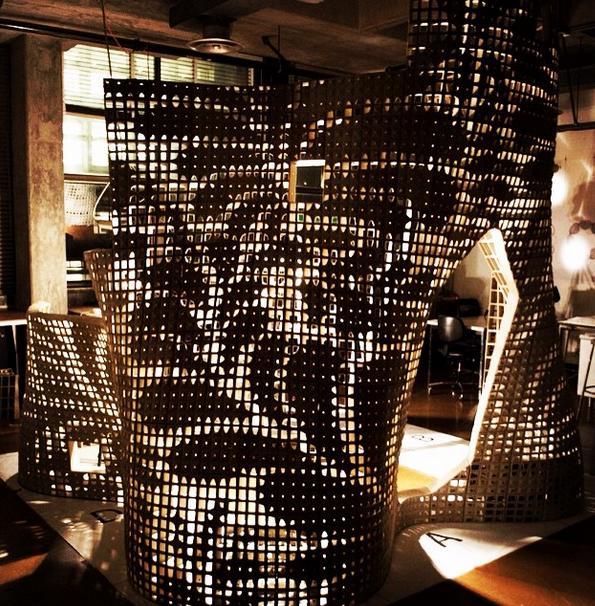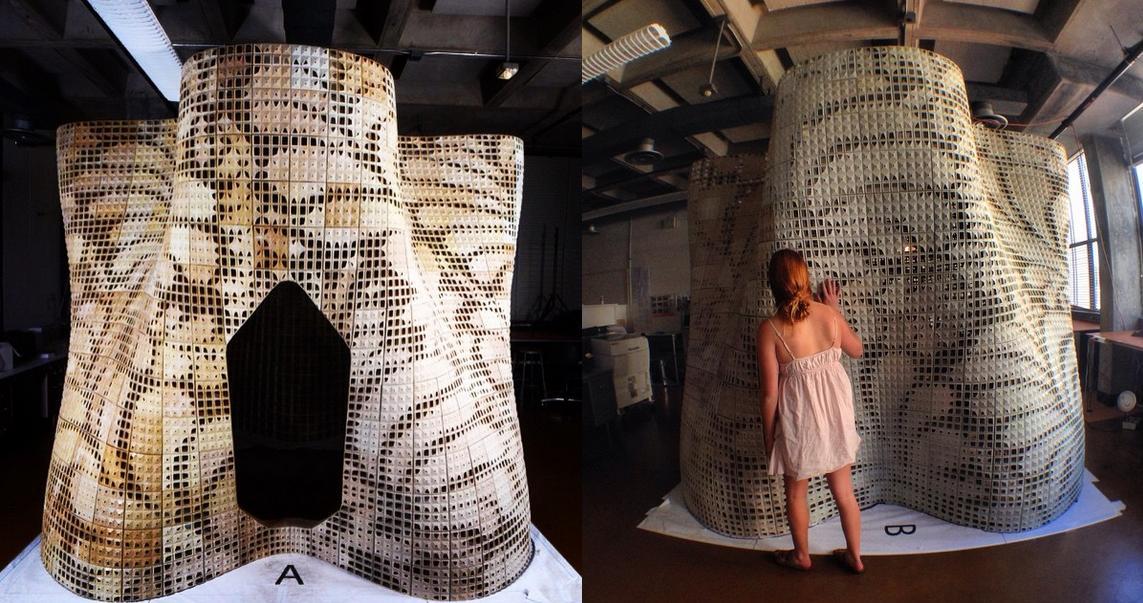 3D printing has been contributing to the fabrication of a lot of large objects as of late. Just a few years ago, if you could 3D print something the size of a large screen television set, you were on to something groundbreaking. Today, it seems as though every week we are uncovering another ‘groundbreaking’ object or structure that has been 3D printed. In the past year alone, we have seen 3D printed cars, houses, apartment buildings, and more come about by designers looking to innovate on today’s technology.
3D printing has been contributing to the fabrication of a lot of large objects as of late. Just a few years ago, if you could 3D print something the size of a large screen television set, you were on to something groundbreaking. Today, it seems as though every week we are uncovering another ‘groundbreaking’ object or structure that has been 3D printed. In the past year alone, we have seen 3D printed cars, houses, apartment buildings, and more come about by designers looking to innovate on today’s technology.
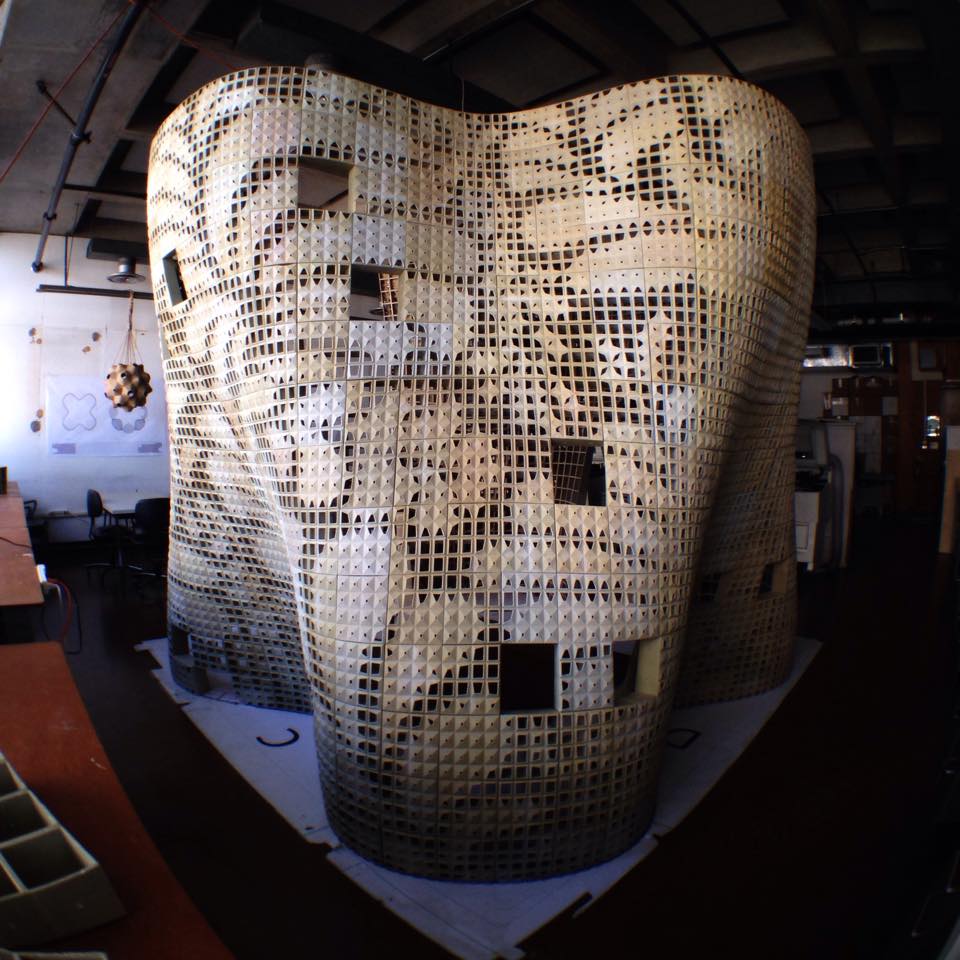 Now, the College of Environmental Design at UC Berkeley is joining the list of innovators. Associate professor in architecture and art practice at UC Berkeley, Ronald Rael has been providing for plenty of excitement when it comes to creating large and innovative 3D printed architectural and interior design works. Whether it is his 3D printed ‘Cool Brick’, which has the ability to cool an entire room, using nothing but the 3D printed structure combined with a little tap water, or a 3D printed house made of salt, it seems as though he constantly bringing new designs and ideas to fruition.
Now, the College of Environmental Design at UC Berkeley is joining the list of innovators. Associate professor in architecture and art practice at UC Berkeley, Ronald Rael has been providing for plenty of excitement when it comes to creating large and innovative 3D printed architectural and interior design works. Whether it is his 3D printed ‘Cool Brick’, which has the ability to cool an entire room, using nothing but the 3D printed structure combined with a little tap water, or a 3D printed house made of salt, it seems as though he constantly bringing new designs and ideas to fruition.
Over the past year, Rael has led a graduate student research team at UC Berkeley in the development of a groundbreaking project demonstrating the architectural potential of 3D printing. On Friday, March 6th, the project, entitled ‘Bloom’, will be unveiled at Berkeley’s College of Environmental Design with a presentation and evening event in the Wurster Hall courtyard. Bloom is described as the “first and largest powder-based 3D printed cement structure built to date,” and it was constructed by Rael and his team as a way of demonstrating the potential that 3D printing provides in the field of architecture.
The Bloom pavilion stands an incredible 9 feet tall, and features a footprint measuring 12 feet by 12 feet. It is built out of 840 separate, customized blocks, which were all 3D printed using an iron oxide-free Portland cement polymer formulation, which Rael himself developed with funding and support from the Siam Research and Innovation Co. Ltd. (SRI), the research and development division of Siam Cement Group (SCG). Additional support and materials were provided by Emerging Objects, a startup company co-founded by Rael and Virginia San Fratello, Entropy Resins, and 3D Systems.
Bloom is a precise 3-D-printed cement polymer structure that overcomes many of the previous limitations of 3-D-printed architecture. Such limitations include the speed and cost of production as well as aesthetic and practical applications. After the unveiling of Bloom, the structure will be taken apart and then shipped to Siam Research and Innovation in Thailand where it will be on display for several months. After that, it will travel to various other locations to be exhibited for the rest of the world to see.
What do you think about the potential that 3D printing with powder-based cement provides to the construction and design industries? Will we begin to see more of this used in the construction of pavilions and buildings in the future? Discuss in the 3D Printed Bloom Pavilion forum thread on 3DPB.com. Check out some more photos of Bloom below. For more info on Bloom visit https://ced.berkeley.edu/events-media/berkeley-circus/2015-berkeley-circus-closing-reception/
Subscribe to Our Email Newsletter
Stay up-to-date on all the latest news from the 3D printing industry and receive information and offers from third party vendors.
You May Also Like
Gorilla Sports GE’s First 3D Printed Titanium Cast
How do you help a gorilla with a broken arm? Sounds like the start of a bad joke a zookeeper might tell, but it’s an actual dilemma recently faced by...
Nylon 3D Printed Parts Made More Functional with Coatings & Colors
Parts 3D printed from polyamide (PA, Nylon) 12 using powder bed fusion (PBF) are a mainstay in the additive manufacturing (AM) industry. While post-finishing processes have improved the porosity of...
$25M to Back Sintavia’s Largest Expansion of Metal 3D Printing Capacity Since 2019
Sintavia, the digital manufacturing company specializing in mission-critical parts for strategic sectors, announced a $25 million investment to increase its production capacity, the largest expansion to its operations since 2019....
Velo3D Initiates Public Offering in a Bid to Strengthen Financial Foundations and Drive Future Growth
Velo3D (NYSE: VLD) has been among a number of publicly traded 3D printing firms that have attempted to weather the current macroeconomic climate. After posting a challenging financial report for 2023,...


